Growth habit
Suitable temperature: single trees like warmth, drought, salt and wind, and light. Generally, the growth temperature is about 25-30 ℃
Suitable soil: the soil with good drainage is more suitable, because the single tree itself is resistant to drought
Suitable humidity: single trees are resistant to drought, salt and wind. The humidity is not easy to be too high. It is better to be dry
Suitable light: single trees have good light and are suitable to be placed in the open air, but avoid exposure to the sun
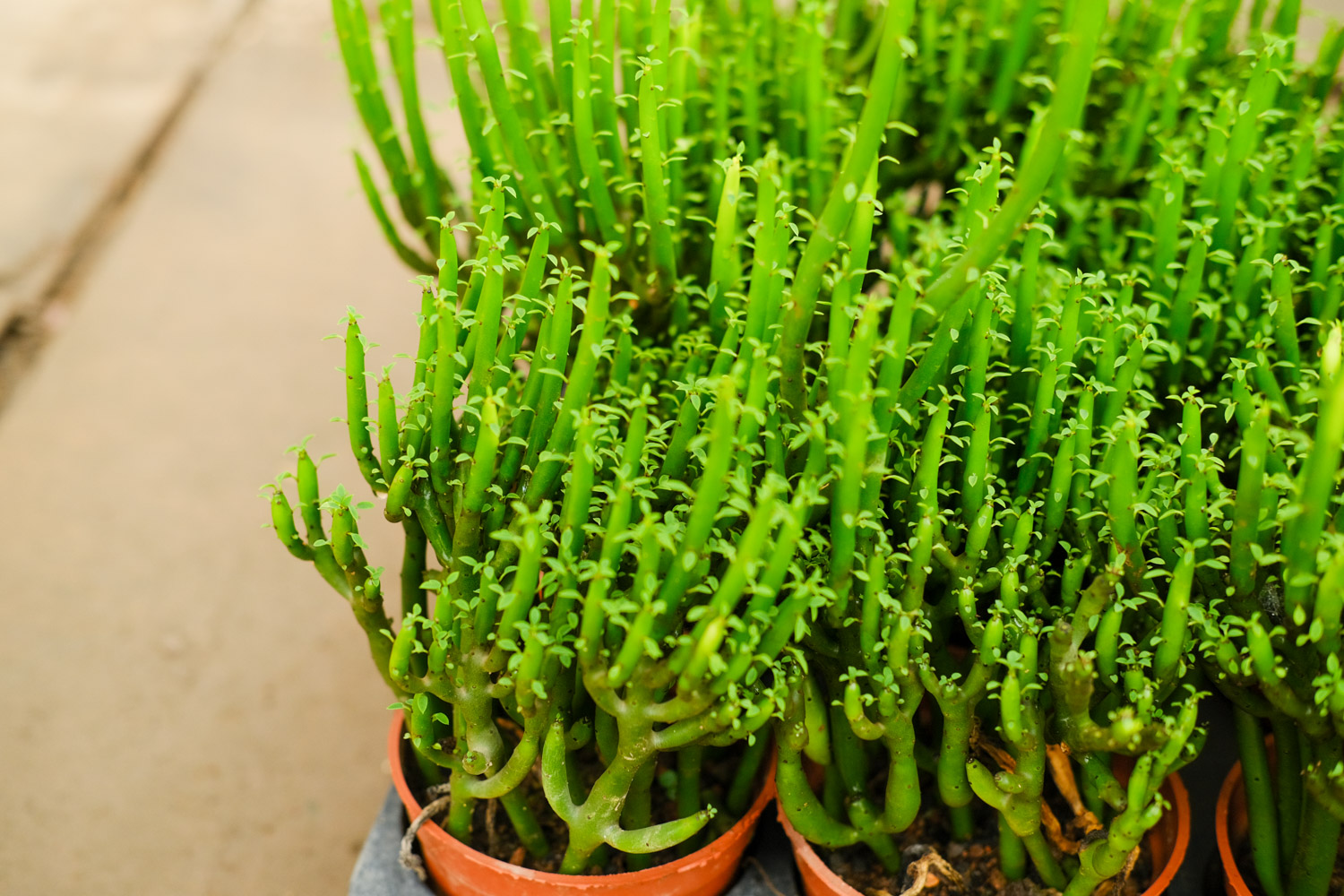
Breeding method
Watering
Single tree is a succulent plant. It is very cold resistant and does not have too much water. It is not suitable to water too much at ordinary times. If it is not dry, remember to dry it thoroughly before watering. In hot summer, be careful not to pour water after exposure to the sun, which will cause fallen leaves. When the temperature is above 30 ℃ in summer, the plant is in dormant and semi dormant state, and watering should be controlled
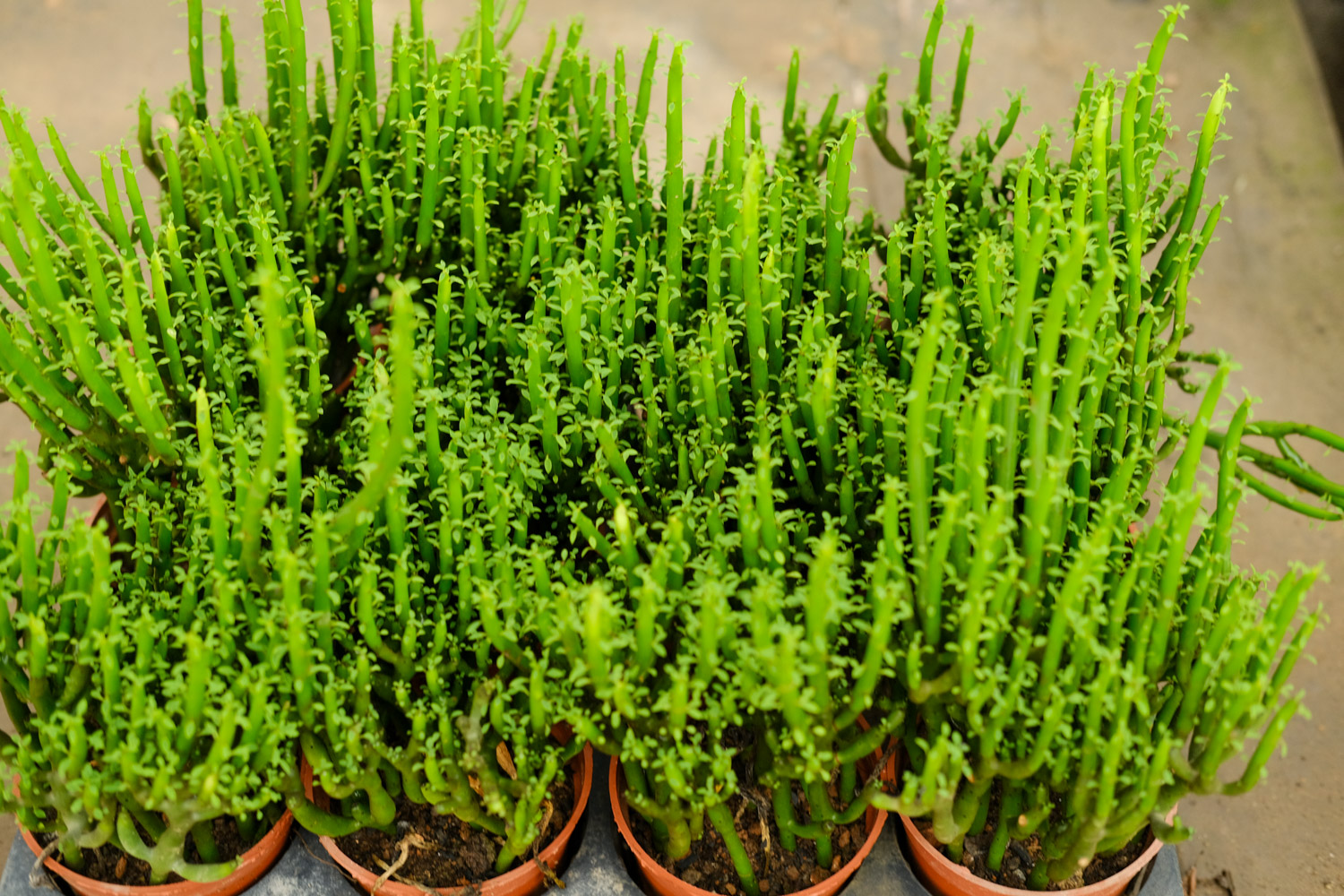
Soil
Single trees need to change the basin soil once every 1-2 years, mainly new loose sandy loam. When the single tree grows to a certain period of time, the basin soil should also be replaced
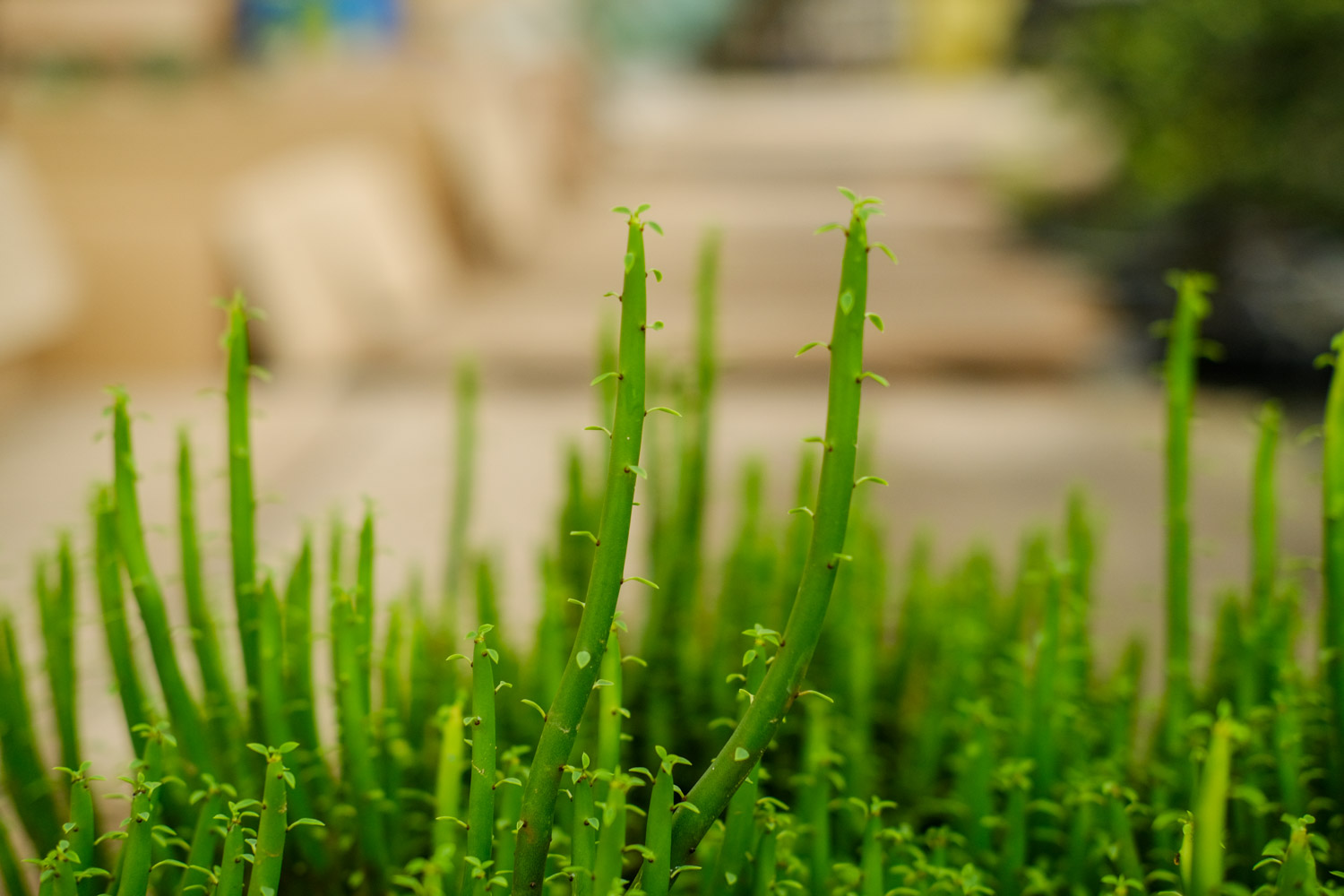
Illumination
Single trees are resistant to drought, salt, wind and barren, and like plenty of sunshine. The key to flowering is to place it in a sunny place all year round, but avoid exposure to the sun
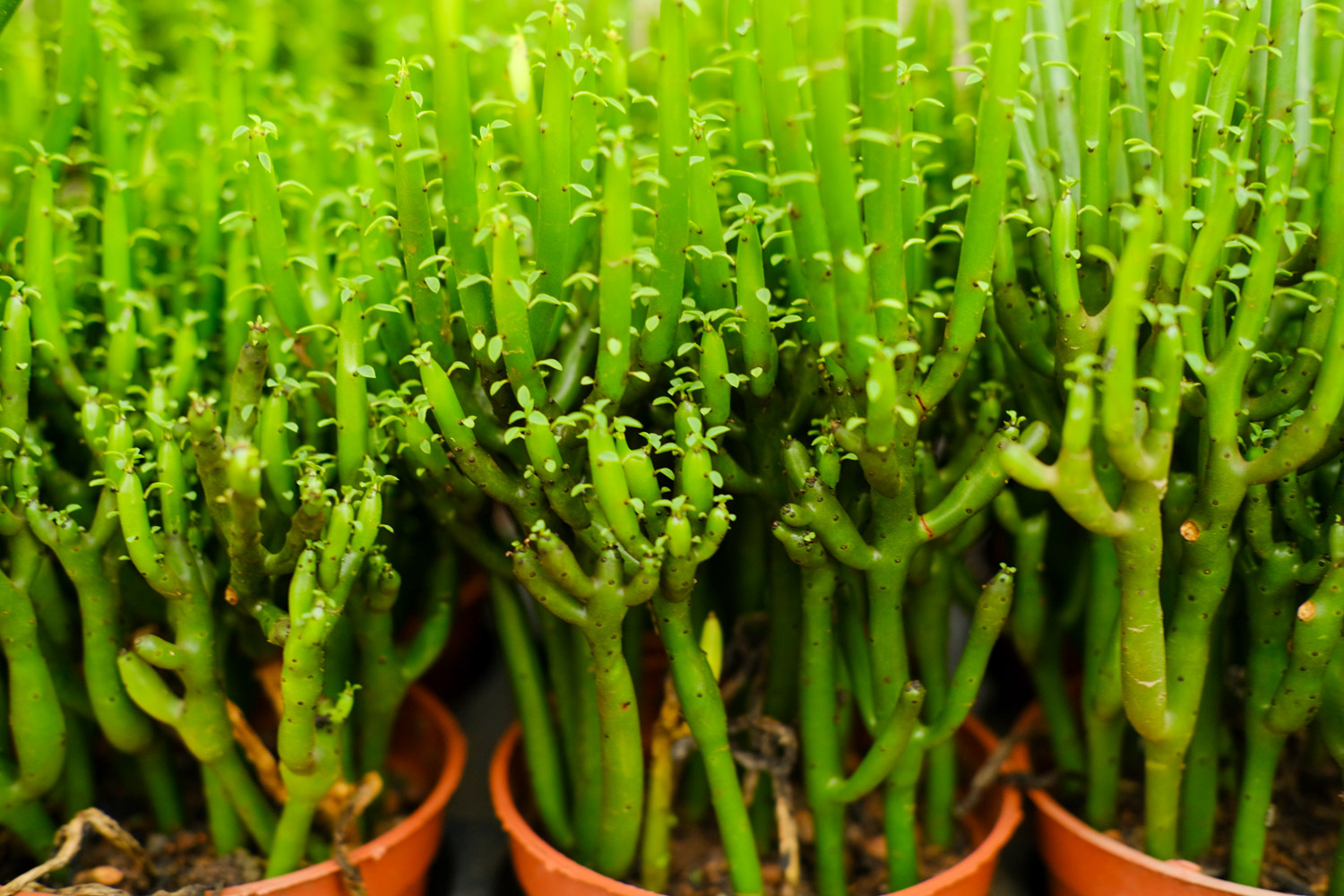
Fertilization
When single trees enter dormancy in winter, fertilization should be stopped. If the temperature is low, fertilization is prone to root rot. It is forbidden to apply thin liquid nitrogen fertilizer for 10-7 days
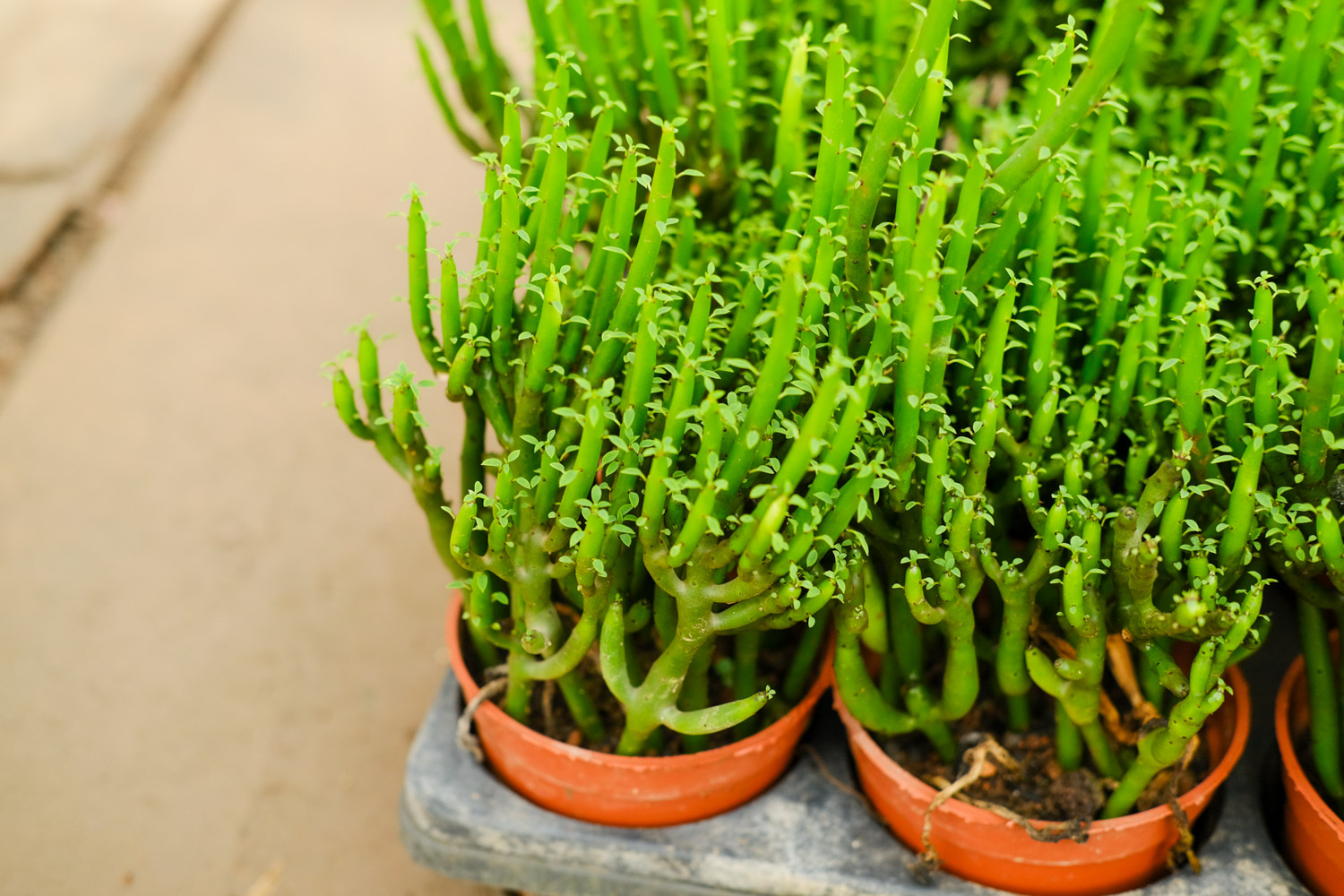
Prevention of diseases and insect pests
Single trees are vulnerable to carbon disease and leaf spot disease, so they need to be sprayed with methyl mop wettable powder. If the indoor ventilation is poor, the stems and leaves of single trees are vulnerable to scale insects and need to be sprayed with Omethoate emulsion. See the drug instructions for details. Remember not to water too much, which is easy to cause root rot, and the leaves will turn yellow or even have gray mildew, which will rot in serious cases. We should pay attention to ventilation and drainage. When the condition is serious, carbendazim powder can be sprayed
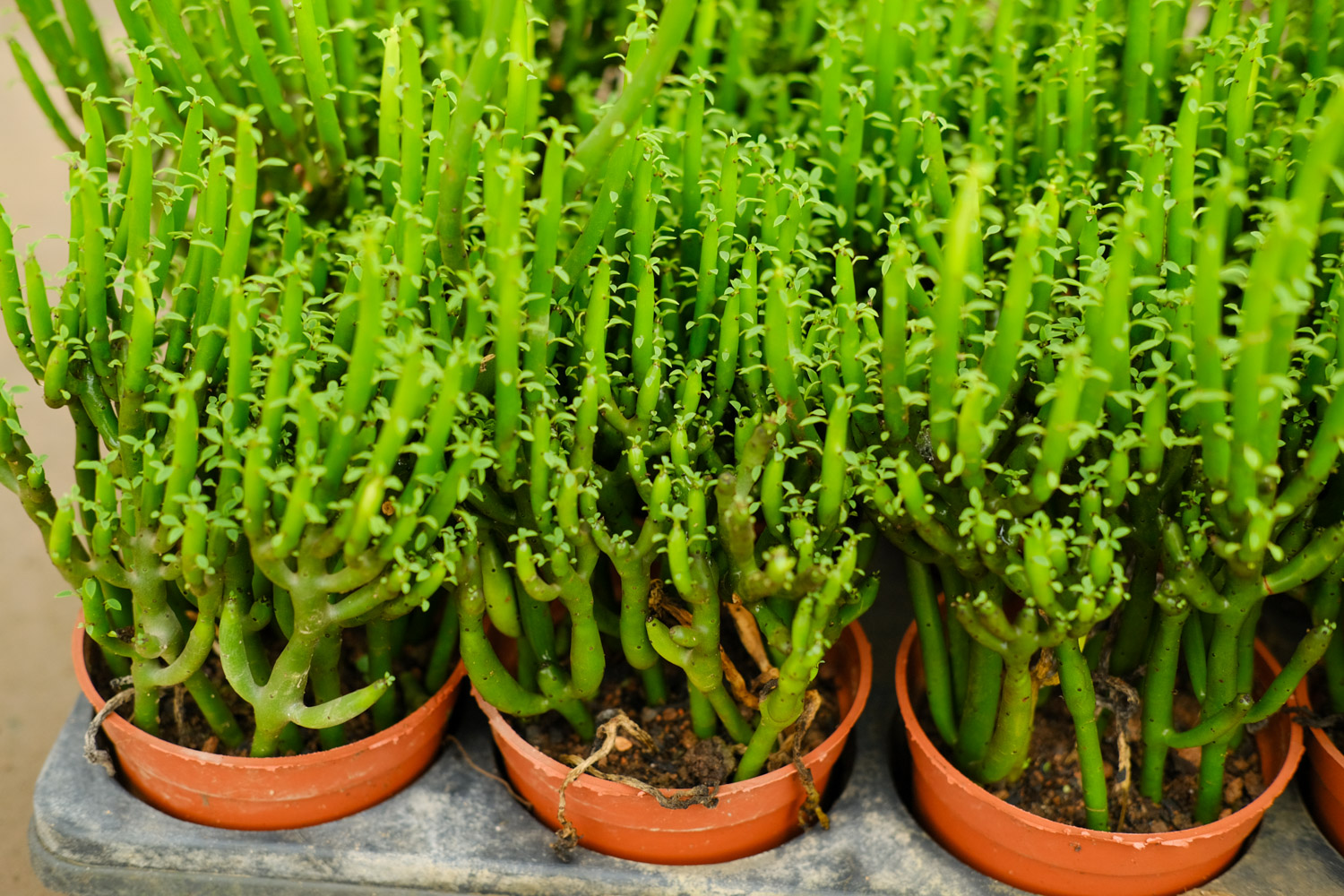
Pruning
The pruning of single trees is generally carried out when transplanting or changing pots. Transplanting is to trim and tidy up the excessively long main roots or injured roots. When changing pots, the old roots, rotten roots and over dense roots shall be properly thinned and trimmed

 how many times do yo...
how many times do yo... how many planted tre...
how many planted tre... how many pine trees ...
how many pine trees ... how many pecan trees...
how many pecan trees... how many plants comp...
how many plants comp... how many plants can ...
how many plants can ... how many plants and ...
how many plants and ... how many pepper plan...
how many pepper plan...




























